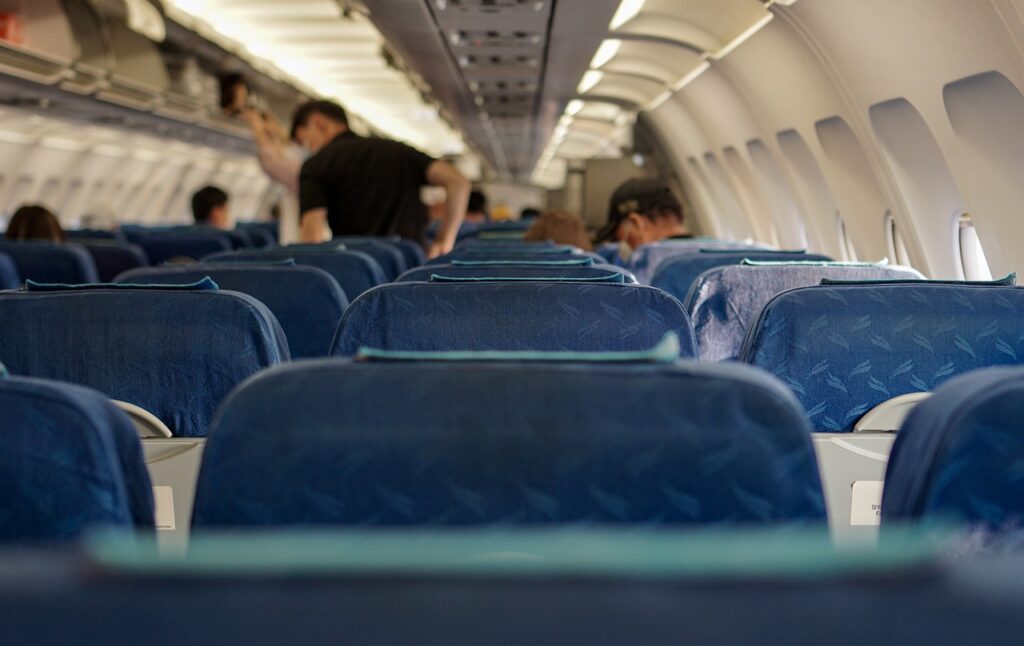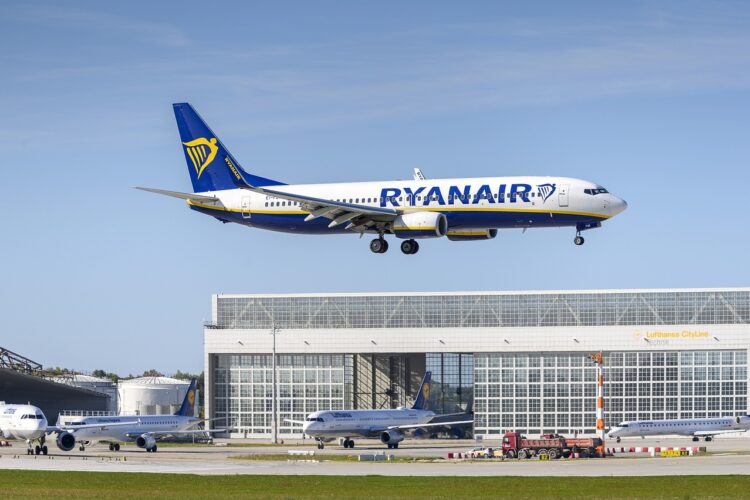For non-Europeans, it is almost unheard of to find round-trip flights for less than 50 EUR to popular destination cities like Milan, Brussels or Copenhagen. Low-cost “budget” airlines are one of the most sought-after means of travel in Europe. The affordability of the tickets has made travel accessible, not only between European countries, but also in other continents, such as Asia and Africa. Due to the low cost fares, many wonder how the business stays afloat. The business model for budget airlines does not follow the traditional operations of conventional airlines, allowing them to make profit while maintaining their low fares.
There are various low-cost airline companies that cater to specific regions. In Europe, the most prominent carriers are Irish-based company Ryanair and Hungarian-owned enterprise Wizz Air. For travelers seeking destinations in North America, many opt for Frontier, Southwest, and JetBlue, though there are many more to choose from. Furthermore, the well-known carriers in Asia are Scoot, JetStar, and AirAsia, which also have flights to Australia. Low-cost airlines are known for their lower operating cost structure, providing a base price for the flights without the extra services that you expect from traditional airline companies.
In order to make profits, budget airlines charge ancillary fees, which are applied to services beyond the price of the seat itself, such as carry-on or checked in luggages, meals, and seat selection. In conventional airlines, these services are usually included in the fare price, thus making them more expensive. Low-cost airlines provide a no-frills experience for their passengers. At the interest of their customers, they can choose to avail the extra services – or not. Although they provide cheaper flight tickets, the costs for the ancillary services tend to be on the higher end, which contributes largely to their revenue.

Low-cost carriers strategically run a lean operation, packing as many seats as possible to accommodate the most passengers. In traditional airlines, seats are sold and divided by class, where passengers can choose from economy, business, or first class. Meanwhile, budget airlines maintain the same services for all their passengers in one cabin class. Seats are usually packed together, creating less leg room and no on-board entertainment. They also utilize common fleets, and almost exclusively flying short-haul, direct flights, allowing them to keep the costs down while maximizing the use of the aircraft.
Many associate the term “low cost” to cheap tickets. However, it actually means that the airline companies are operating at a low cost, minimizing their expenses and boosting their profit. There are controversies surrounding the sustainability of aviation travel, with governments and international entities, such as the EU, advocating for eco-friendly travel. Despite the campaign for traveling via train, the price of low-cost airlines are more appealing, given that train tickets tend to be more expensive. Air travel is also faster compared to trains, making it more convenient for people to take flights instead of trains. Despite the pros and cons of flying low-cost, the introduction of budget airlines has revolutionized the way people travel.
Roselle Torres
Image by Dirk Daniel Mann and Juno Kwon from Pixabay (in order of appearance)
If you found the article interesting, I also recommend this:




